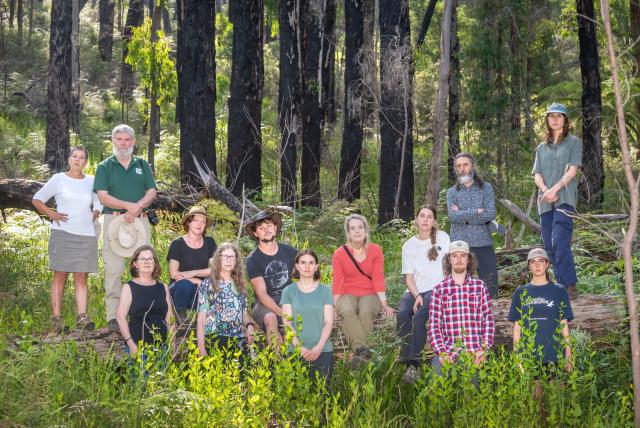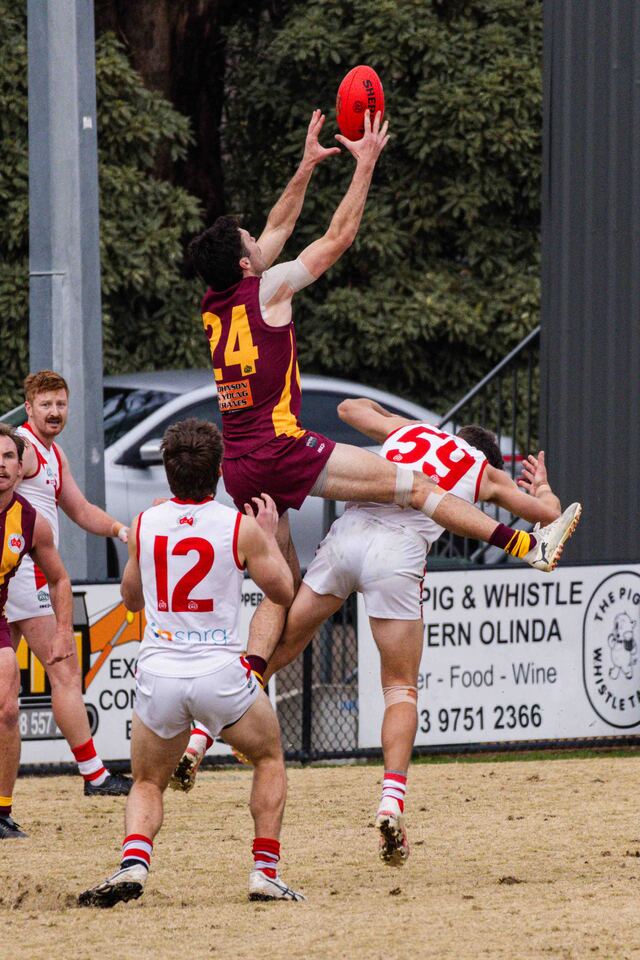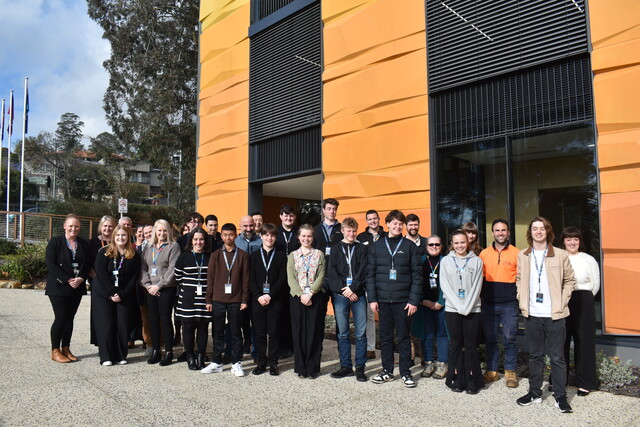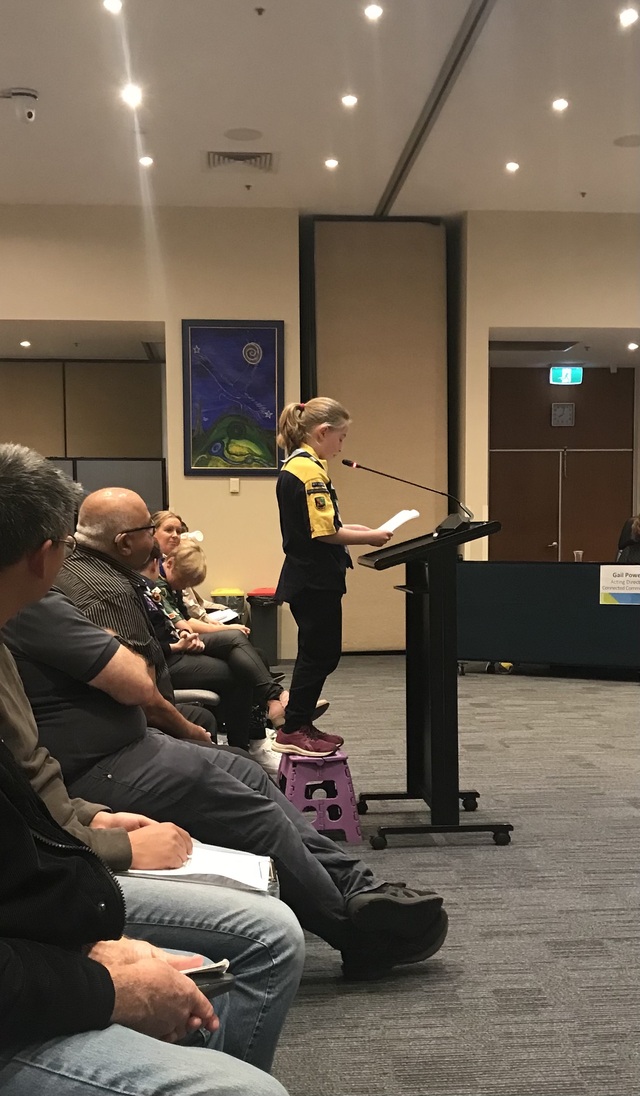Conservation groups are urging Yarra Ranges Council not to use cleared debris from the Dandenong Ranges National Park at the waste transfer station in Lysterfield following concerns the operation will impact the habitat of local wildlife.
Contracted by the Department of Energy, Environment and Climate Action (DEECA), Forest Fire Management Victoria (FFMVic) is set to clear large debris from around 40 metres off roadsides in around 50 hectares of the national park around late spring this year.
After a meeting with the chief fire officer and Forest Fire Management representatives on 6 June, a letter signed by members of Friends of Sassafras Creek, the Southern Dandenongs Landcare Group and Victorian National Parks Association (VNPA) parks protection officer Jordan Crook was sent to councillors and council staff on 26 July expressing concerns over plans to use the removed debris as feed stock at the biochar facility.
Mr Crook said the project of removing the logs from the Dandenong Ranges National Park is already of “great concern ecologically” and will “damage and remove habitat for endangered species” as well as damage forests and woodlands in two earmarked zones; one larger spot near the Silvan Dam and the other south near Fern Gully Track.
“If we start stripping national parks of woody debris to feed council operations, it’s really quite a dangerous precedent to set,” Mr Crook said.
Yarra Ranges Council’s director of planning and sustainable futures, Kath McClusky, said the council and its contractor “have not sourced” and “do not plan to source” fallen timber from national parks as a feedstock material on a “regular basis”.
“However, Council may on occasion liaise with Parks Victoria to utilise woody material that is obstructing trafficable areas, or excessive material following major storm events in National Parks for use as feedstock,” Ms McClusky said.
Ms McClusky said one of the reasons the council do not plan on sourcing falling timber from national parks as a feedstock material is because wood chips need to be free of debris, rocks and soil to avoid damage to the pyrolysis unit and ancillary equipment, and to ensure a clean and high value biochar product for consumer use as part of feedstock quality control.
“Fallen timber with larger diameter log-sizes are not easily chipped with regular equipment, and adherent soil/rocks would damage the chipper equipment,” she said.
“Fallen timber in National Parks provides high ecological value for fungi and fauna and is therefore best left in place.”
Ms McClusky said the council is “not aware of any approaches from Forest Fire Management Victoria”, and “would not pay for wood debris”.
“We have not accepted material from the Dandenong Ranges National Park at the biochar facility. Storm debris has been collected from fallen timber on roadsides.”
In a response to the Star Mail, acting chief fire officer Sam Quigley said there are “currently no plans” to provide storm debris to the Lysterfield Waste Transfer Station’s biochar facility.
“DEECA is continuing a debris removal program to address the increased bushfire risk to communities caused by the storm events,” Mr Quigley said.
“We are continuing to explore viable options to manage the excess debris along roadsides within two specific areas of the storm affected Dandenong Ranges National Park.”







